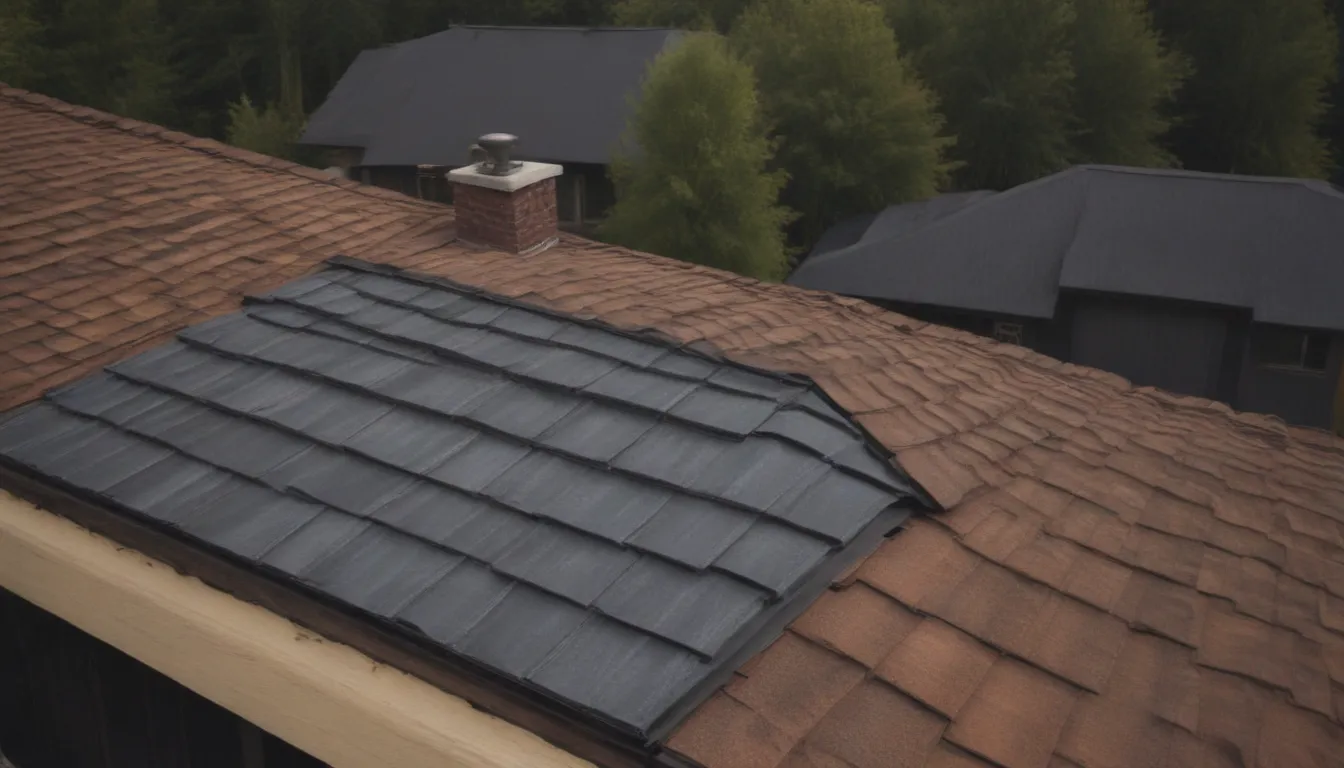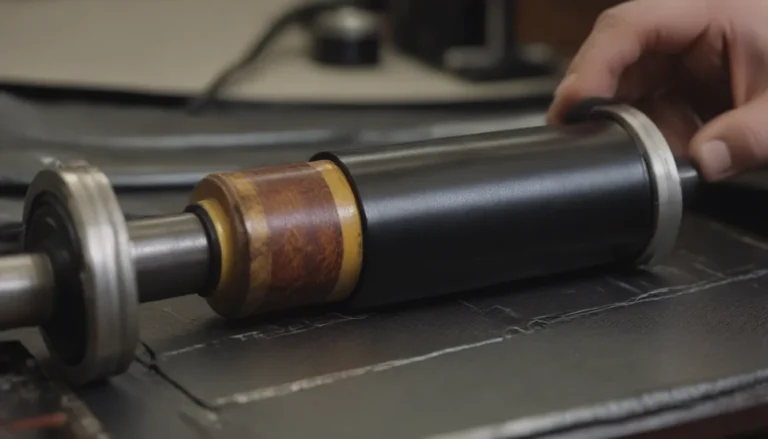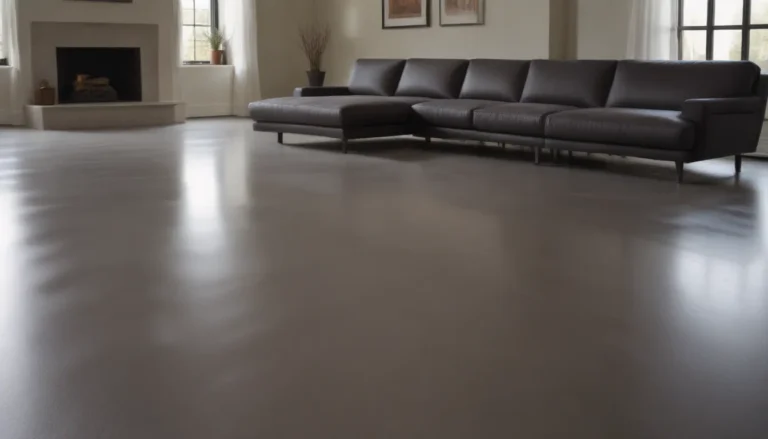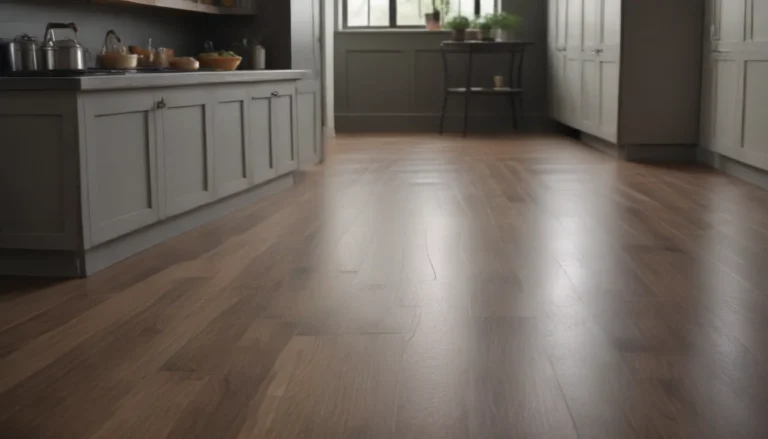The Ultimate Guide to Rolled Roofing: Everything You Need to Know

If you’re in the market for a quick, inexpensive roofing solution for your shed, carport, or outbuilding, rolled roofing might be the perfect option for you. In this comprehensive guide, we’ll cover everything you need to know about rolled roofing, from its basics and costs to self-installation tips.
What is Rolled Roofing?
Rolled roofing, also known as MSR (mineral-surfaced roofing), comes in large rolls of up to 100 square feet. Think of each roll as a 100 square-foot shingle – a convenient and budget-friendly option for covering roofs. It may not be as visually appealing as traditional shingles or metal roofing, but it gets the job done.
Dimensions
A typical rolled roofing roll is approximately 36 feet long by 36 inches wide, similar in size to one composite shingle square. Keep in mind that rolled MSR roofing is thinner than composite shingles, making it less durable. Some types of rolled roofing, like saturated felt, are often used as underlayment materials.
Applications and Installation Tips
Rolled roofing is best suited for unoccupied structures such as outbuildings, sheds, and carports. It’s commonly used on low-sloped roofs with pitches ranging from 1:12 to 2:12. Ensure proper installation by fastening the roofing material using the concealed nail method to prevent leaks.
Pros and Cons of Rolled Roofing
Pros:
- Inexpensive: Rolled roofing is the most cost-effective roofing material available.
- Easy to Install: Even novice DIYers can tackle a rolled roof installation.
- Adaptable: Cut rolled roofing into strips to fit different roof shapes.
- Quick Installation: Saves time due to its easy handling.
- Transportation: Lightweight rolls make transportation hassle-free.
- Re-Roofing: Can be installed over existing roofs in some cases.
Cons:
- Limited Colors: Rolled roofing comes in a few basic colors.
- Short Lifespan: Lasts between five to eight years, significantly shorter than other roofing materials.
- Less Durable: Not as resilient as composite shingles.
- Poor Resale Value: Homes with rolled roofing may have reduced market value.
- Limited Applications: Not suitable for all types of structures.
Lifespan and Durability
Rolled roofing typically lasts between five to eight years, which is much shorter than the lifespan of composite shingles (20+ years). This roofing material is less flexible than shingles, leading to potential tearing as the building expands and contracts.
Installation Tips and Recommendations
- Install rolled roofing on plywood or wood sheathing surfaces.
- Apply a primer or sealer to protect against leaks.
- Avoid using rolled roofing on flat roofs to prevent water seepage.
- Ideal for sheds, outbuildings, and carports rather than residential homes.
In conclusion, rolled roofing is an affordable, easy-to-install option for temporary roofing needs or functional structures. While it may not be the most durable or aesthetically pleasing choice, it serves its purpose well in certain applications. Consider the pros and cons carefully before deciding if rolled roofing is the right choice for your project.





